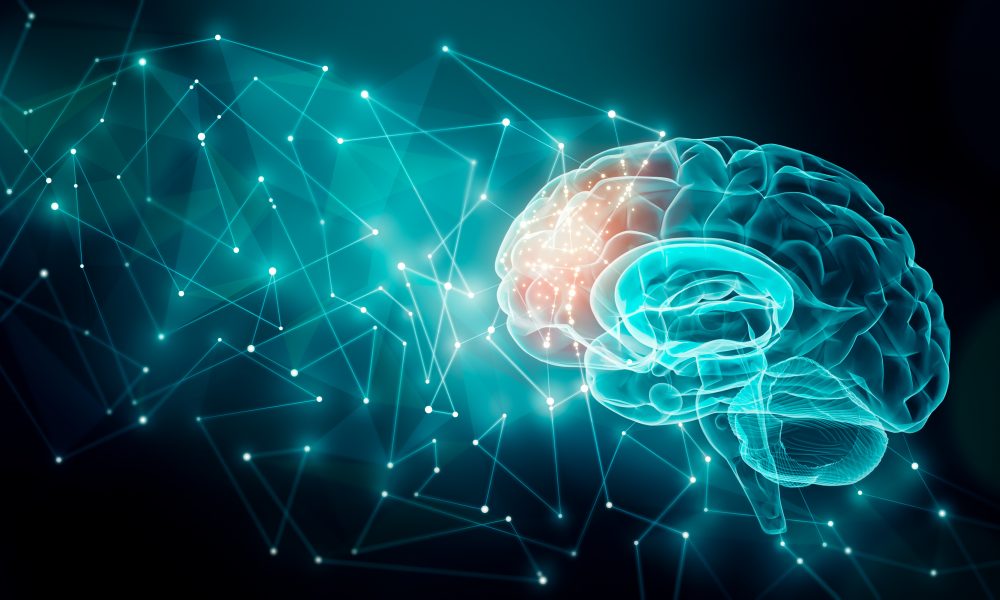Our brains are incredibly complex and dynamic organs. They have the remarkable ability to adapt and change throughout our lives, a phenomenon known as neuroplasticity. Neuroplasticity refers to the brain’s ability to reorganize itself by forming new neural connections and modifying existing ones in response to different experiences, environmental influences, learning, and even injury.
Until relatively recently, it was believed that the brain’s structure and function were fixed after a certain age, and any damage or loss of brain cells would result in permanent deficits. However, research in the field of neuroscience has shown that our brains are highly adaptable and capable of remarkable transformations.
Types of Neuroplasticity
There are two main types of neuroplasticity:
- Structural neuroplasticity: This type involves physical changes in the brain’s structure, such as the growth of new neurons, the formation of new connections between neurons (synapses), and the reorganization of neural pathways. Structural neuroplasticity plays a crucial role in learning, memory, and recovery from brain injuries.
- Functional neuroplasticity: This type refers to changes in the brain’s activity and function. It involves alterations in the way neurons communicate with each other, leading to the strengthening or weakening of specific neural pathways. Functional neuroplasticity is responsible for the brain’s ability to adapt to different tasks, acquire new skills, and compensate for damage or loss of function in other areas.
Mechanisms of Neuroplasticity
Neuroplasticity occurs through various mechanisms, including:
- Synaptic plasticity: This mechanism involves changes in the strength and efficiency of synapses, the connections between neurons. It can be influenced by factors such as repeated stimulation, learning, and environmental enrichment.
- Neurogenesis: Contrary to the old belief that the adult brain cannot generate new neurons, studies have shown that neurogenesis, the production of new neurons, can occur in certain regions of the brain, such as the hippocampus, which is involved in learning and memory.
- Myelination: Myelin is a fatty substance that forms a protective sheath around nerve fibers. It enhances the speed and efficiency of neural transmission. Through myelination, the brain can optimize its neural connections and improve overall cognitive function.
- Functional reorganization: When a specific brain area is damaged, other regions can take over its functions to compensate for the loss. This reorganization allows individuals to recover or adapt to new circumstances.
Implications of Neuroplasticity
The discovery of neuroplasticity has significant implications for various aspects of human life:
- Learning and education: Neuroplasticity highlights the importance of providing engaging and challenging learning experiences to promote brain development and enhance cognitive abilities.
- Rehabilitation: Understanding neuroplasticity has revolutionized rehabilitation approaches for individuals with brain injuries or neurological disorders. Therapies can now focus on stimulating neuroplastic changes to promote recovery and functional improvements.
- Aging: Neuroplasticity offers hope in mitigating age-related cognitive decline. Engaging in mentally stimulating activities, maintaining a healthy lifestyle, and continuous learning can help preserve cognitive function as we age.
Neuroplasticity is a fundamental property of the brain that enables us to adapt, learn, and recover from various challenges. By understanding and harnessing the power of neuroplasticity, we can continue to unlock the full potential of our brains and lead more fulfilling lives.




